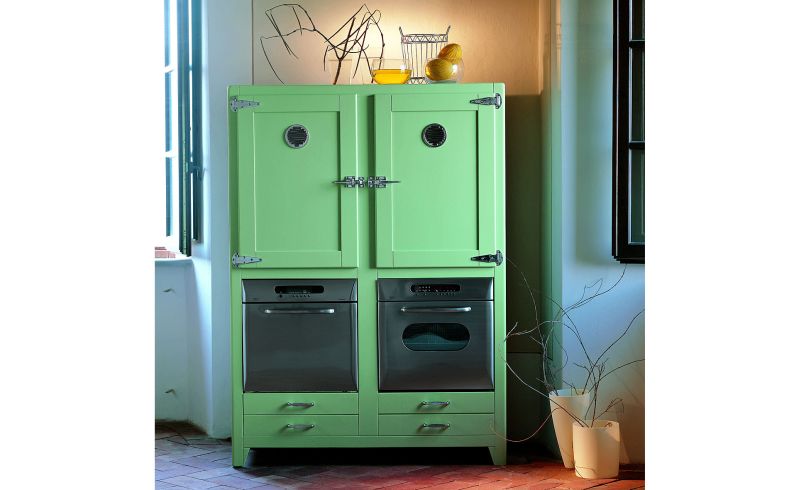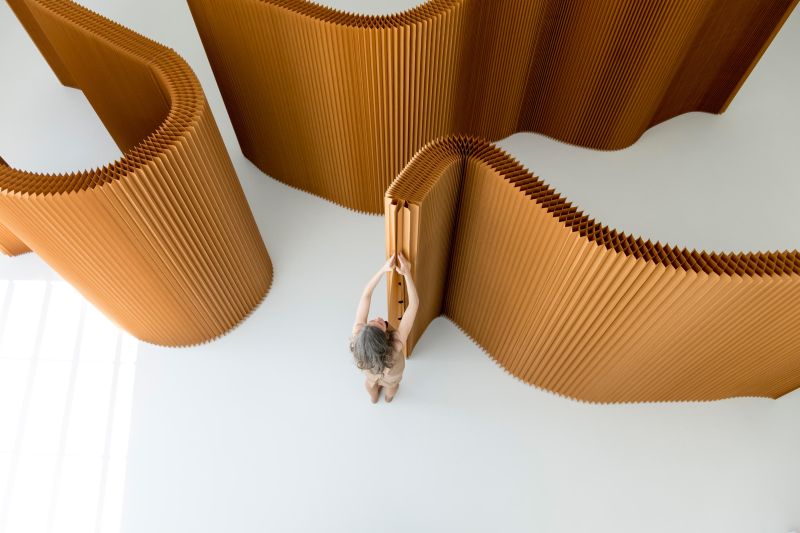Interior designing is a process of complete transition of your home interiors from dab to fab. It is also defined as the creative art to plan and design the interior decoration of a place.
However, it might really get frustrating and daunting if you do not have a proper knowledge of the basic elements and components of interior designing and you might end up making your house nothing but a visual mess. Therefore, to help you out here we are with a brief guide on the basic components of interior designing and their importance and application.
Line
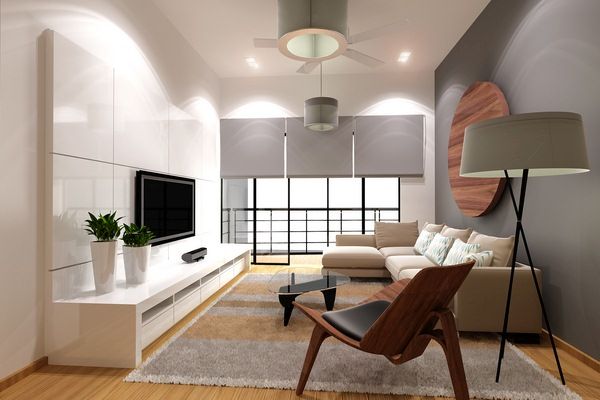
Lines in interior designing refer to the lines generated and created by the accessories of a room, such as furnishings and architecture. It is a very important element of interior designing, as lines provide structure and form to the design. Lines include all types of lines, such as thick, thin, smooth, wavy, rigid, mechanical, and processed or handmade, all with a different effect on the interiors.
It creates a sense of flow and uniformity in the entire space and can be used strategically to create the desired effect and feel. Horizontal lines are the most common of all the lines, followed by vertical and diagonal lines.
Space
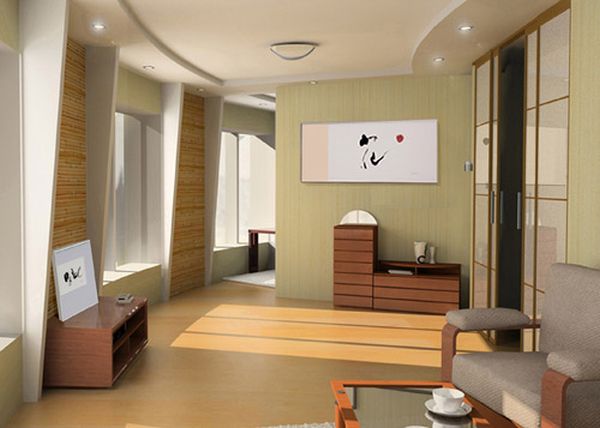
The space is nothing but the entire area of the room or house and thus, considered the most basic of all elements of designing. Walls, floors, ceilings, doors, windows and even beams and columns are a part of the space element. You should note that both the larger as well the smaller spaces of the house are equally important in terms of designs and deserve equal importance, when it comes to design and decoration.
Space can be either positive – filled space – or negative – empty or open space. The appearance of space is related to the number and size of the objects placed in it. A small room should not be overburdened with furniture and accessories whereas a larger space should not be left bare.
Light

Light can be either natural or object generated and can change the entire aura of the room if designed accordingly. Light also has deep connection with other elements such as color, texture and pattern. It plays a key role in making an interior design attractive and functional. Task lighting, accent lighting and general lighting are the most important forms of lighting used in interior designing.
Color
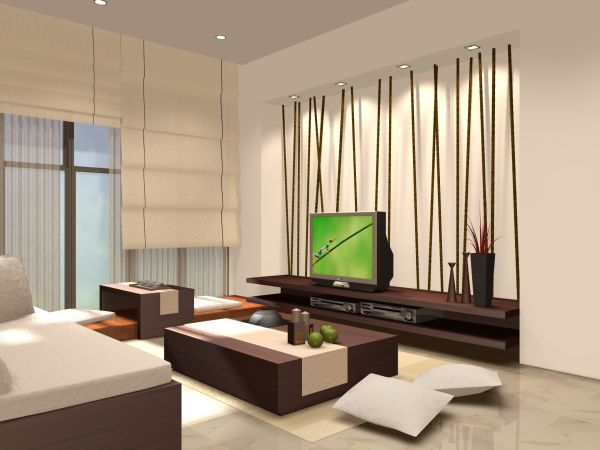
Color is the element that adds life to your interiors. It is not only pleasing to the eyes but also has immense calming effect on the mind and body of the residents of a place. Color is characterized by three features namely hues, value and intensity, each with a distinct importance. You can even use the light to highlight a focal point of a room that may be anything from a centerpiece and chandelier to a wall décor item.
Texture
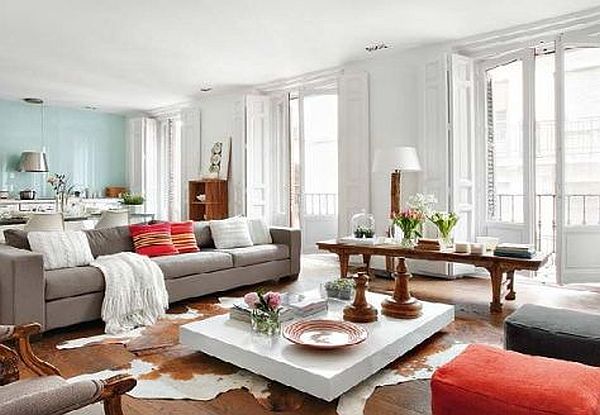
Texture refers to the feel, consistency and appearance of any surface, which includes everything right from the curtains to the rugs placed inside the room. There is a plethora of textures, such as rough, smooth, shiny, dull and soft, which when wisely incorporated can add life to any room or building.
Pattern

Pattern goes hand in hand with color and is applied to highlight and magnify the furniture inside a room, making them appear attractive and interesting. Pattern is nothing shapes arranged in a systematic manner that effectively enhances the appearance of a room.
Form
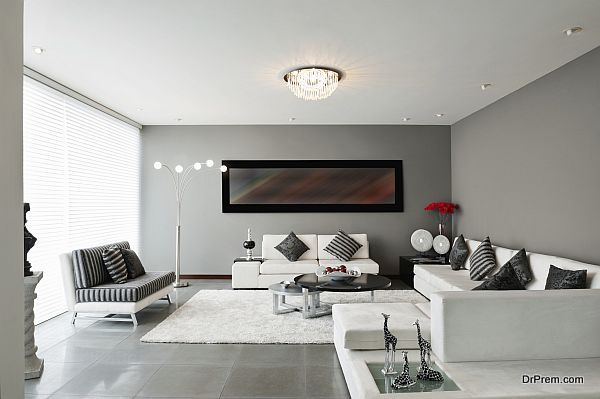
Form is a three dimensional entity which is also very important in designing. Also referred to as shape, it closely relates to lines. While using forms, you should be careful, as using too many forms end up making a place appear dull and stark.
When undertaking a designing project for your house, you must first understand the basic elements of interior design to make your interior standout.


